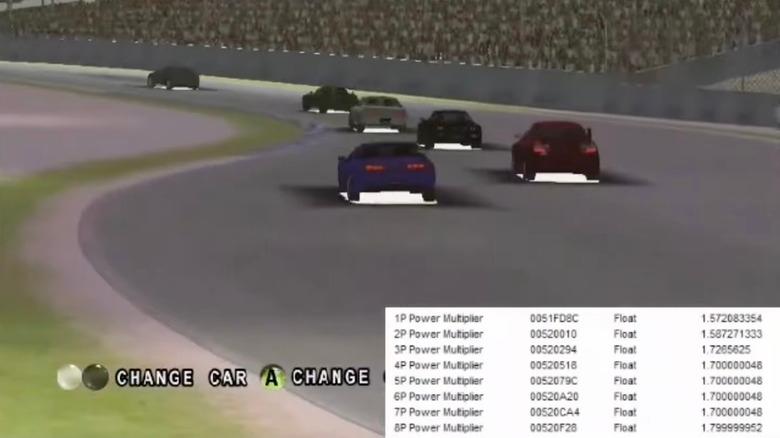
There's a lot of anecdotal evidence that racing games cheat their human players. For example, on Steam's forum for Horizon Chase Turbo, one player writes:
"Why the heck NPC cars don't follow the same rules as the player? Yesterday I was trying to win a 1-v-1 race from the season, like, 30 times, but the effing AI car kept bumping me in the back REPEATEDLY and then just speeding ahead. WTH? If the player bumps someone in the back, they get pushed behind big time—but not the AI, oh no."
This is hardly a new complaint. Going all the way back to a 2010 post at The Escapist, another player writes:
"I don't think I've played a single racing game where I don't get the impression the AI is cheating in some fashion or other. Usually it's stuff like the other cars/karts/ships always following a perfect path and never falling off the course, to blatantly accelerating to catch up and pass you (Super Mario Kart). I was just reading a review of Forza 2, and it seems even a sim like that does it."
Cheating is part of the game for Mario Kart, but Adam Ismail of The Drive (and former Jalopnik writer extraordinaire) points us to a video of Sega GT, the original Xbox competitor to the PlayStation's Gran Turismo before the Forza franchise existed. Thanks to a data overlay of power multipliers for each car, we can see exactly how the game nerfs the front-runners and helps the backmarkers.
Read more: These Are The Worst New Car And SUV Deals Right Now, According To Consumer Reports
The Numbers Don't Lie
In this particular race, there is no human player. All the cars are computer-controlled. To its credit, the computer drives these cars much better than the real thing. At the bottom right of the screen is a display of the power multiplier being applied to each of the eight positions in the race. Except before the race starts, none of them is ever 1, showing that every car is faster than it should be. Each car is about twice as powerful as it should be for the first lap or so, except when cornering. As the race goes on, we can see the multiplier drop significantly for the cars in front, but remain high for the cars in back, giving them a significant advantage. No human player would have a chance.
Granted, this is a game, not a simulator like iRacing, so it's probably unreasonable to expect much in the way of realism. Handicapping the field on the fly makes for closer racing in a dynamic way that no NASCAR restrictor plate can duplicate. But when it feels like everyone is faster than you, even if you're driving what's supposed to be a faster car, the game gets more frustrating than fun and isn't worth playing anymore. It seems that we couldn't trust AI even back in the early days of racing games. Still, it could be worse. Nothing's as bad as the virtually unplayable Intellivision Auto Racing.
Want more like this? Join the Jalopnik newsletter to get the latest auto news sent straight to your inbox...
Read the original article on Jalopnik.
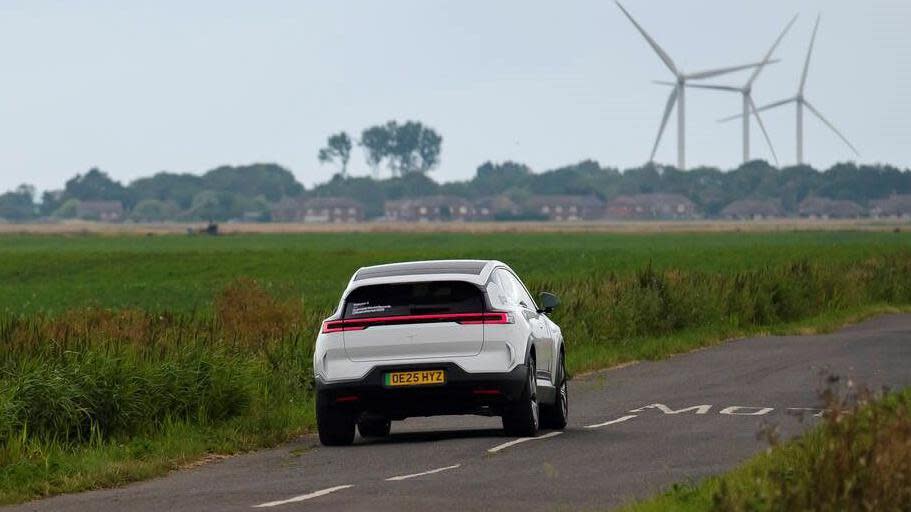
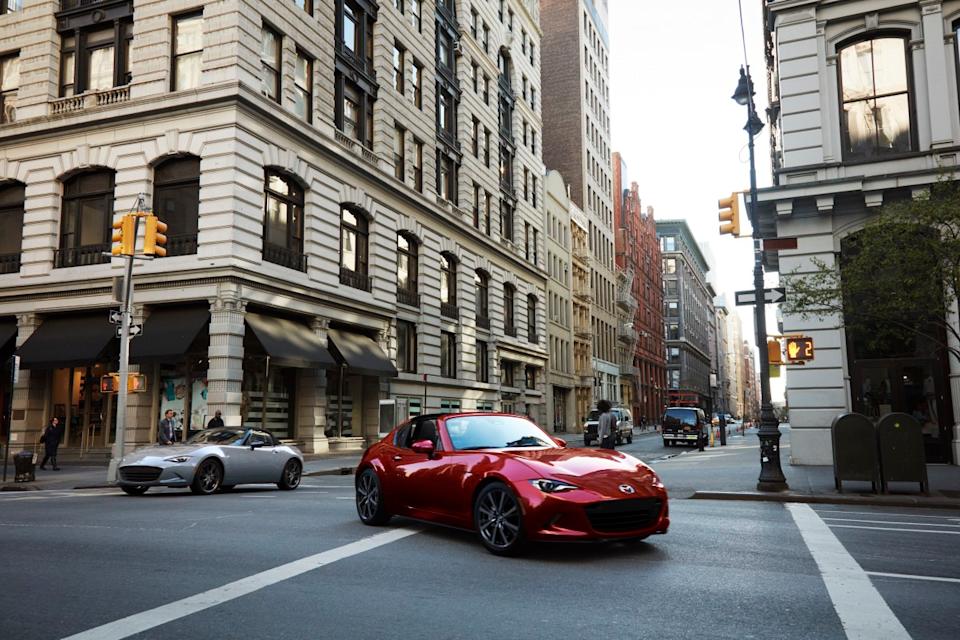

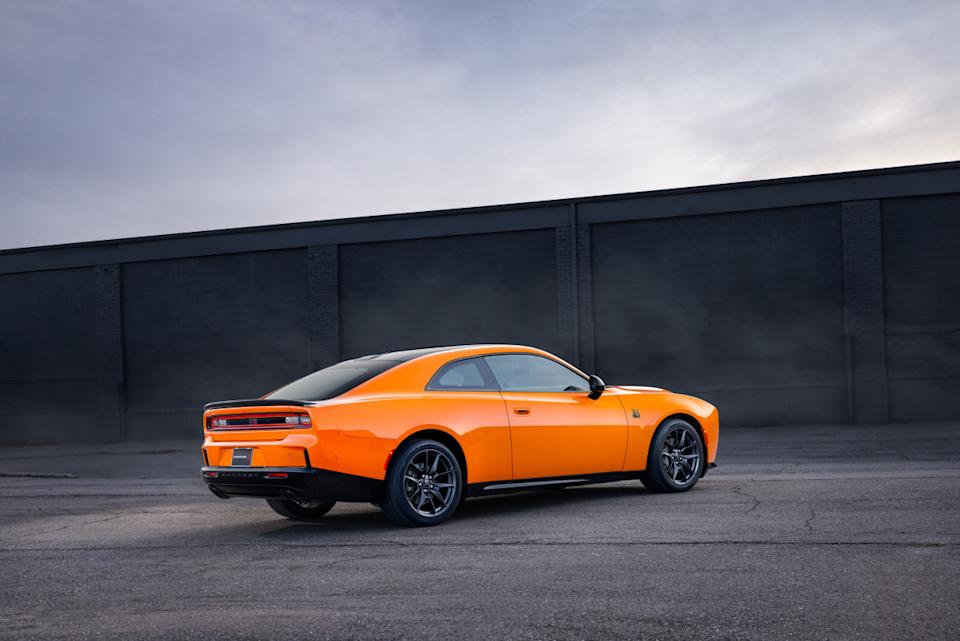
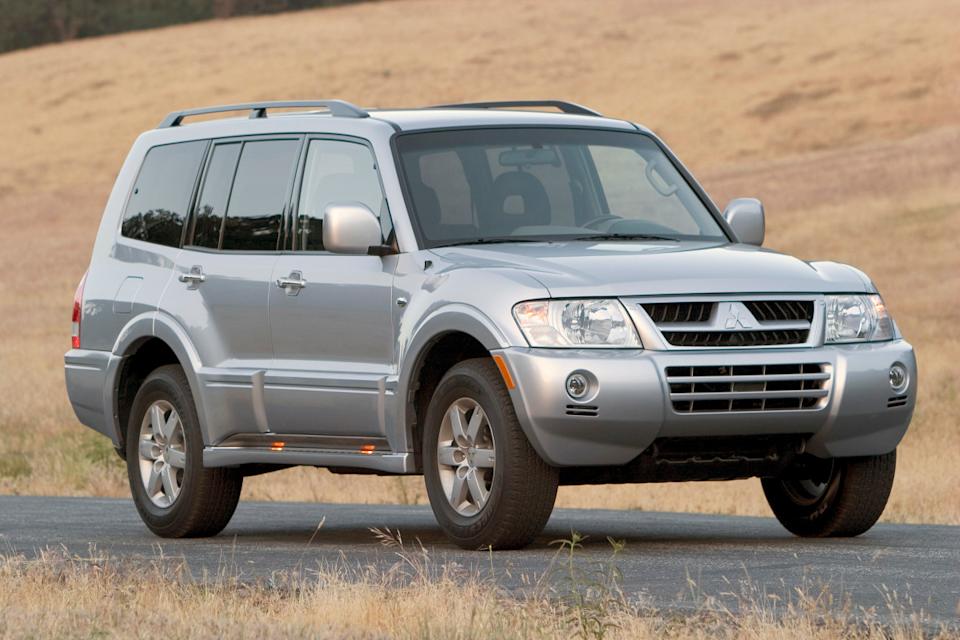
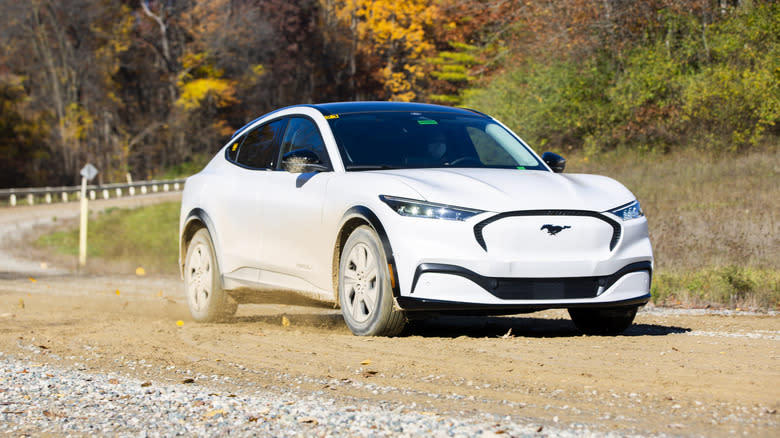
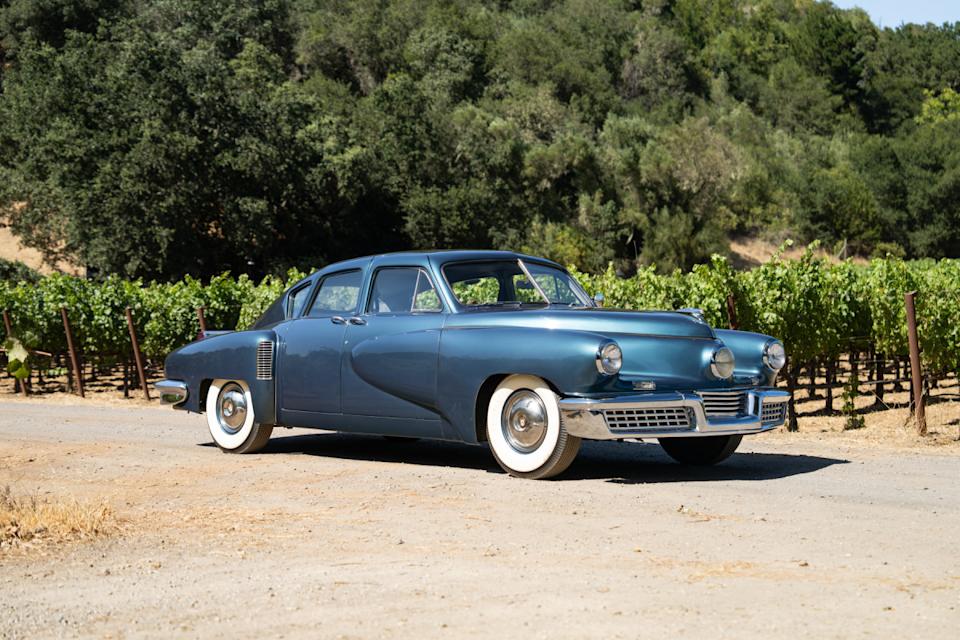
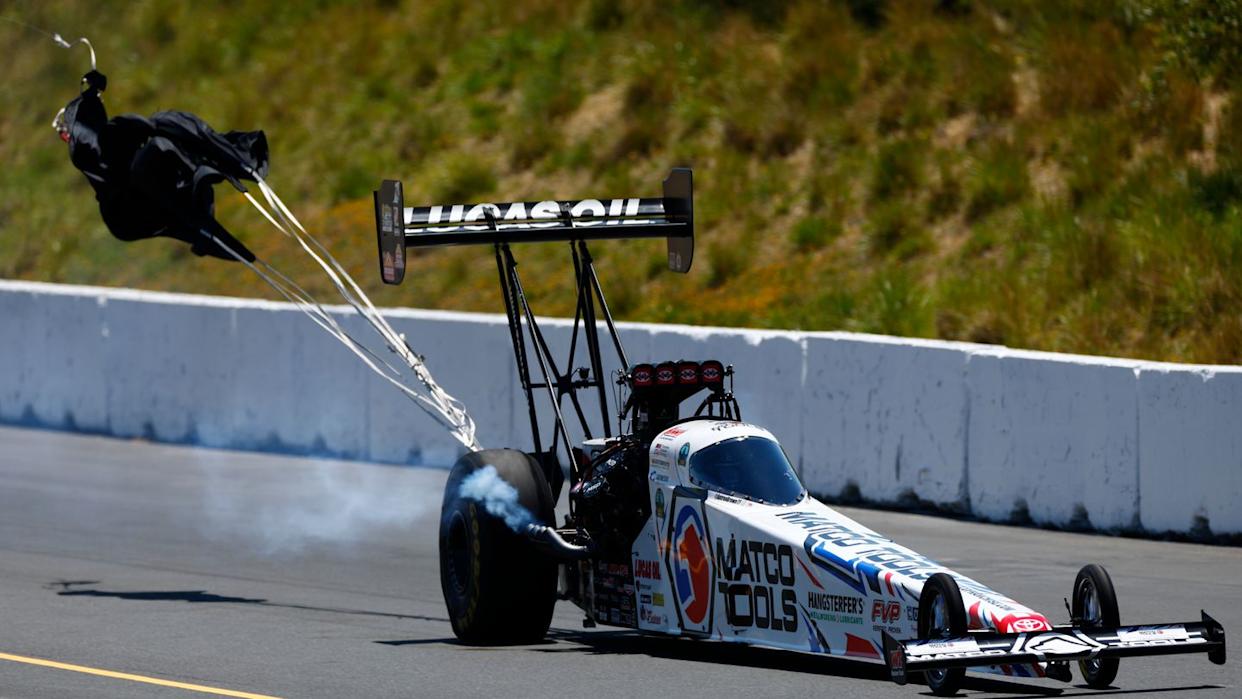
Comments